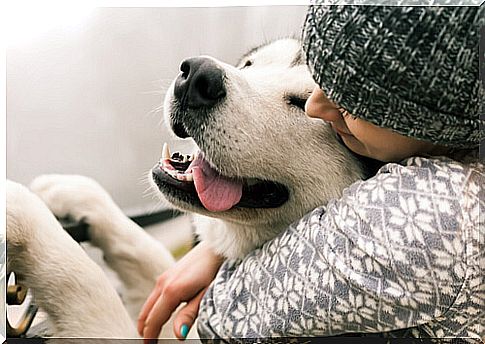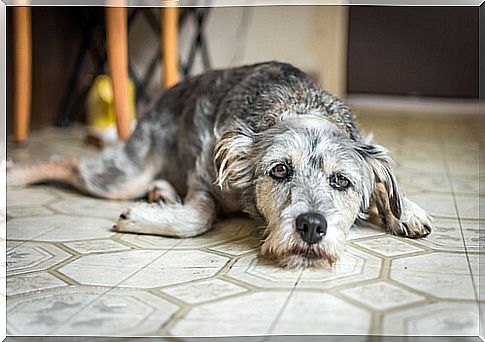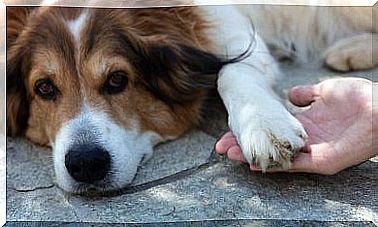Tips To Calm An Anxious Dog

Dogs feel and suffer in a similar way to people. A bad experience in the past or an unexpected or stressful situation can trigger an anxiety attack. Knowing how to prevent our animal from having a bad time and identifying its symptoms is crucial to guarantee its well-being.
Fear, phobias and anxiety in dogs
Fear is a response from the autonomic nervous system, the part of the nervous system that controls involuntary actions, as opposed to the somatic nervous system.
The involuntary response generated by the autonomic nervous system can provoke the so-called fight, flight or paralysis reaction, a physiological response to an imminent attack or threat.
This type of behavior is triggered to ensure the survival of the animal in dangerous situations. Faced with fear, the body reacts with this syndrome and prepares the subject to fight or flee in the shortest possible time.
When fear ends up being persistent or is only triggered by a specific stimulus, we can start talking about phobias. Sometimes a phobia can go so far as to trigger a response in the animal simply with places or objects related to it.

Anxiety is triggered by the anticipation of future dangers from the unknown or from the imagination . It triggers physical and psychological reactions related to fear. The most common in dogs usually occurs when they are separated from their owner for long periods of time.
Causes and symptoms related to anxiety
The fears and phobias of each individual have an eminently subjective character that complicates their classification. Some of the most common causes can be listed below:
- The suffering of a disease or a painful injury can increase the anxiety levels of the animal and contribute to the development of fears, phobias or anxieties.
- A change in the nervous system caused by age or infectious diseases of the central nervous system can lead to behavioral problems, including fear, phobias or anxiety.
- A particularly traumatic experience can leave an imprint on the animal’s psyche, causing anxiety attacks in similar situations or in places or people related to it.
- Isolation or abuse of puppies younger than 14 weeks can affect the personality of the dog and make it a nervous animal prone to episodes of panic or anxiety.
- Repeated abandonment of an animal often leads to the well-known separation anxiety. This problem is very common in animals that have been in and out of shelters on multiple occasions.

If some of these harsh experiences appear in the animal’s past, your dog will be more likely to develop a skittish and dependent personality, or to suffer an anxiety attack at some point in his life. Identifying when this anxiety attack is occurring can save your pet’s life.
- Small fears or startles can lead to tremors, tail curling, loss of energy, and behavior that tends to run away.
- In panic situations , the dog will run to safety and may develop self-destructive behaviors.
- In extreme cases, there is a reaction from the sympathetic nervous system, which is part of the autonomic nervous system that we mentioned earlier. Diarrhea or urinary incontinence are usually the most typical external signs.
Treatment and prevention of anxiety in dogs
Few know that anxiety in dogs is diagnosed at the veterinarian’s office, and that there is medication to treat its symptoms. If these persist and endanger your dog’s life, this is the most effective measure to make him feel at peace.
The simplest prevention measures include not exposing your pet to situations or elements that have previously triggered episodes of anxiety. If this exposure is unavoidable, try to calm him with caresses and rewards and remove him from the source of stress as soon as possible.









